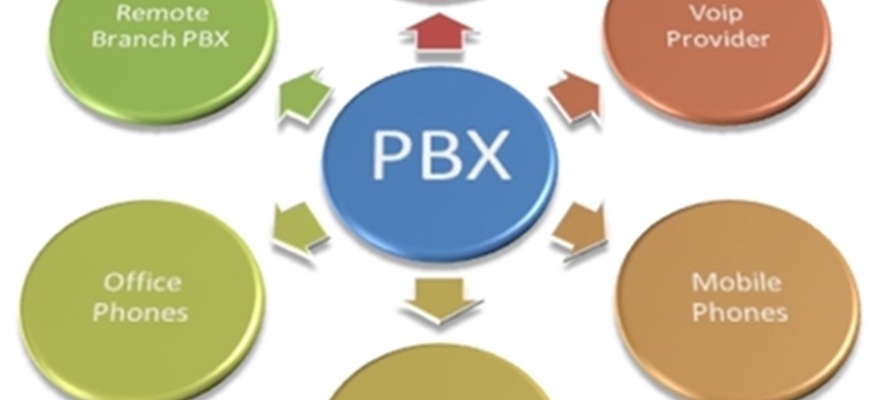Last week our partners get together at telecom consulting firm and by some inspection that was made by our software advisors revealed us the results of the survey made by them. The survey was about interactions of our customers with business enterprise using their phone. They have concluded some positive and negative factors about our brand. The main goal of survey report was to come up with list of instructions that was needed to small enterprises for the improvement of their service quality for their customers.
Survey Result Report:
Over all if we look at the report result we would get to know that people are happy to report their negative feelings which they experience while calling rather than reporting positive feelings about product. The graph below illustrates the customers complaints
A large group of customers reported an issue of unknown caller as you can see in the graph above unrecognized phone numbers complaint is 28%. Based on this result we can conclude that our all customers are highly anxious of unknown calls. This raise the question “Why don’t companies resolve this issue at high priority”?
Tackle the unidentified Caller problem
Usually the small business avoid to use a platform like IP-PBX which is found in other corporate environment while the basic communication products or solution hardly provide features which are required to solve the problem of unidentified caller. SMEs use previous data and make call for promotion operations only if when it has no other option left than exhibit business number or mask number. On the other hand IP-PBX reports the problems and try to generate alternative numbers which are specifically for this purpose. The service provider, providing VoIP service to businesses value nothing as compare to that Platform like HERO is offering. This is only one problem which is highlighted while there are many others therefore Robust PBX solution is demandable in now days business environment. Small business who think outbound calling is something serious and important feature to tackle should own and operate their own IP-PBX platform. To know more have a look at Software Advice report.



